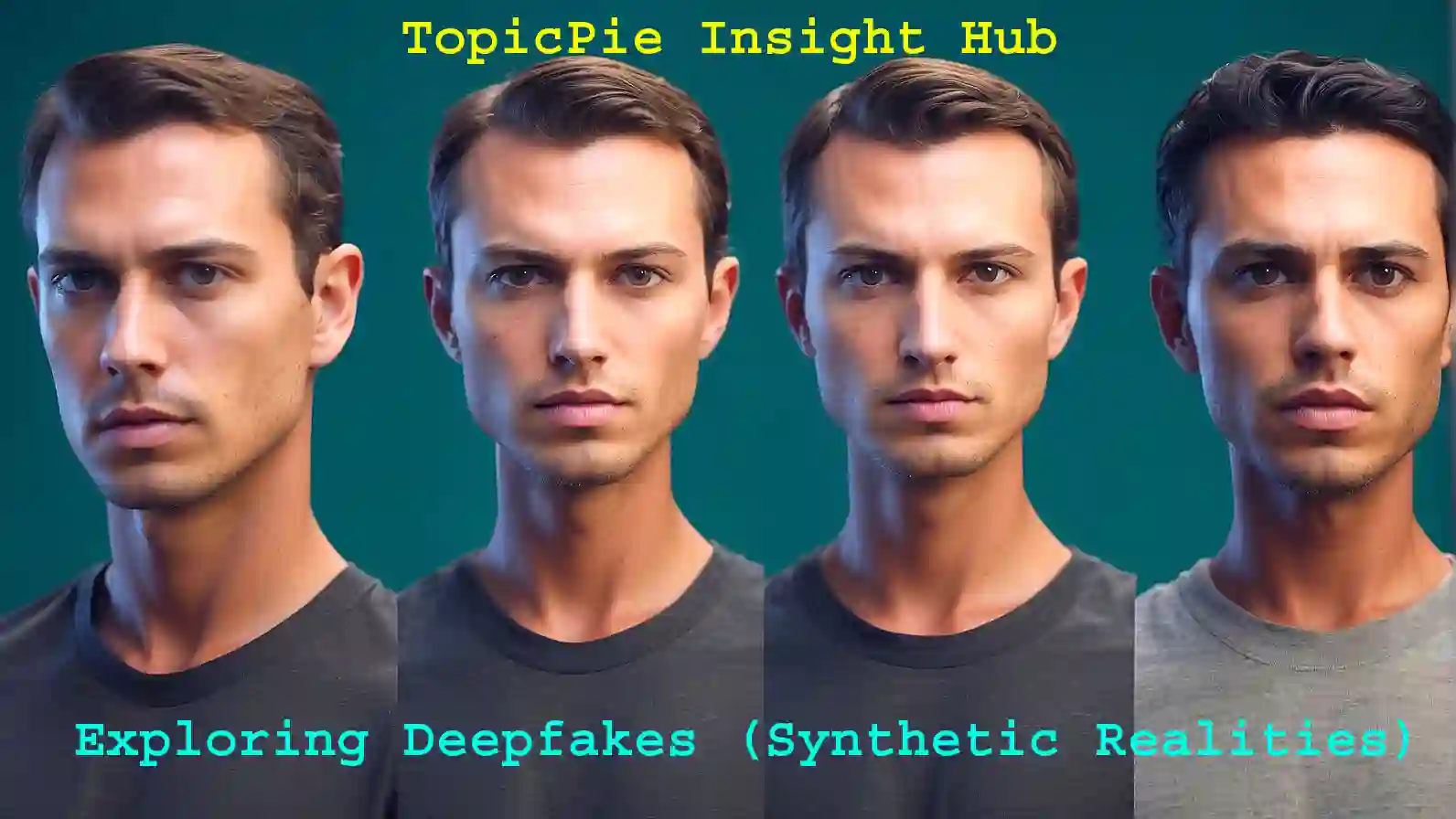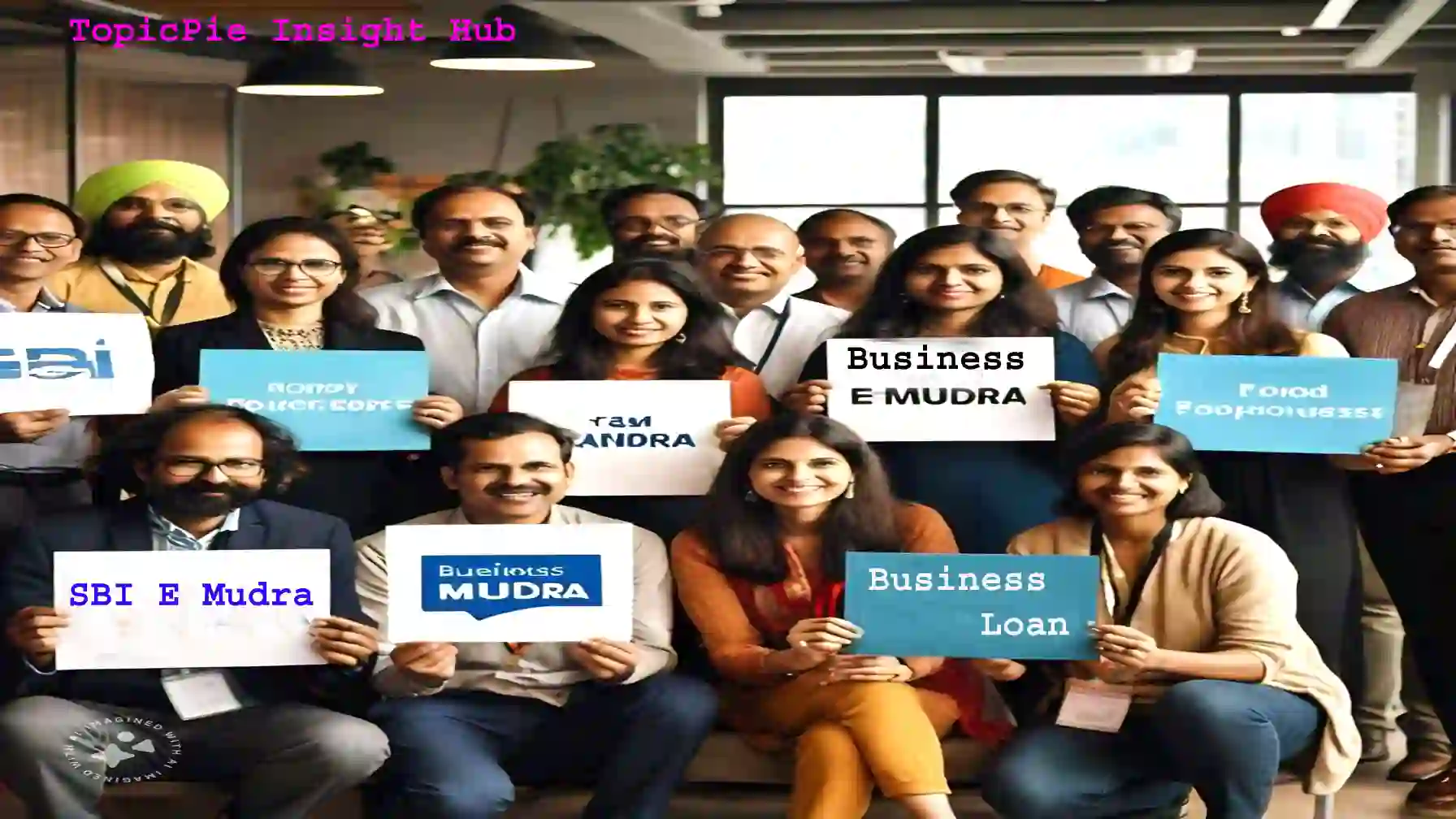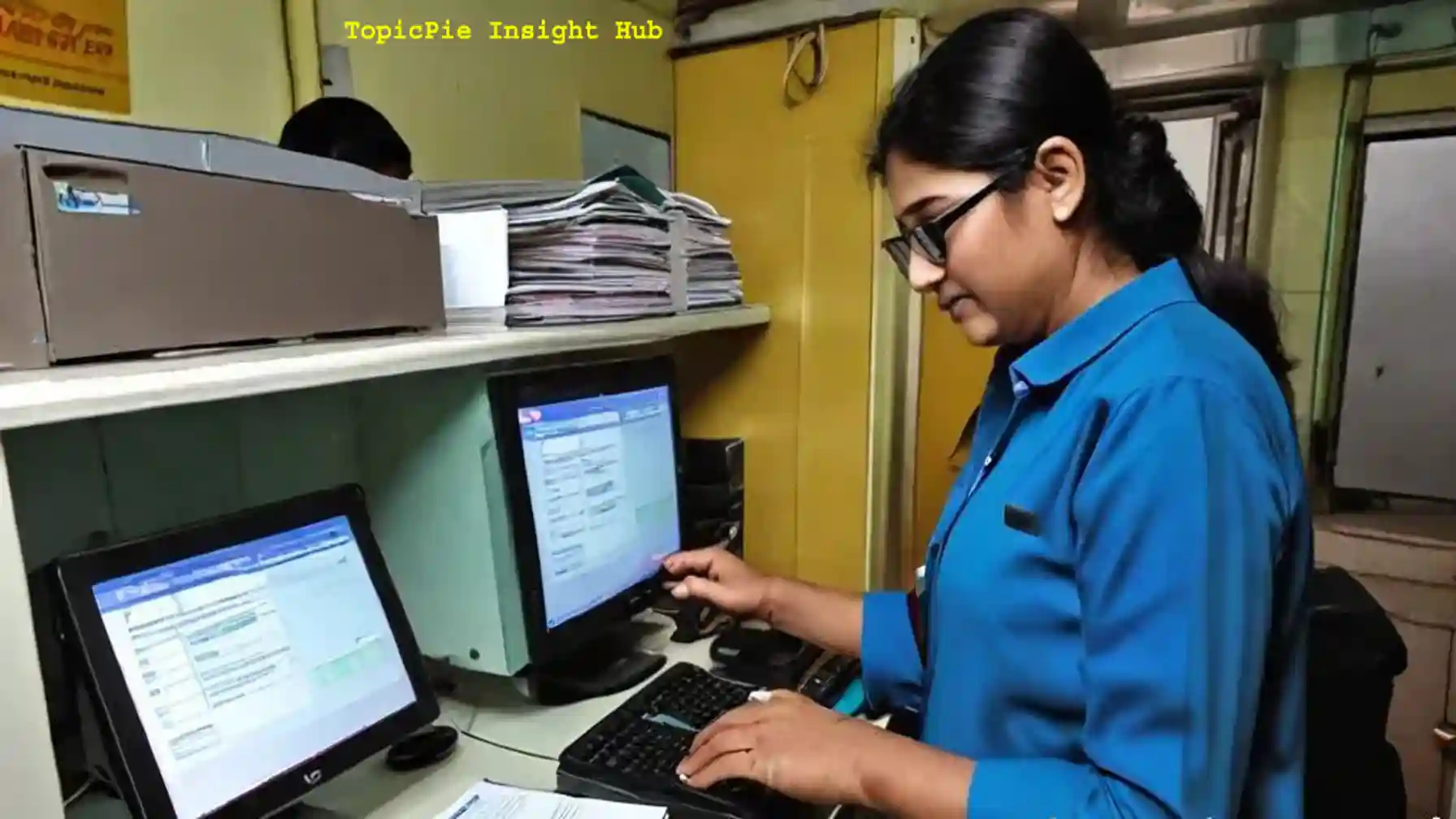Exploring Deepfakes: A Journey into Synthetic Realities
In our fast-paced digital era, the term “Deepfakes” has become a common buzzword, bringing together “deep learning” and “fake.” These digital creations involve using advanced computer technologies to produce realistic-looking but entirely fabricated videos or images. The primary goal? To seamlessly replace one person’s face with another, resulting in deceptively authentic content.
The creation of deepfakes relies heavily on sophisticated technologies, particularly deep learning algorithms. These algorithms learn intricate patterns from a vast array of images or audio recordings, enabling the generation of entirely new content. The surge in deepfake prevalence is attributed to the advancement and increased accessibility of this technology.
Now, delving into why deepfakes matter. These synthetic media forms raise multiple concerns for society, as they can be exploited to disseminate false information, constructing narratives challenging to distinguish from reality. This misinformation holds the potential to significantly impact public discourse and democratic processes like elections. Furthermore, the proliferation of deepfakes may erode trust in traditional information sources, such as news organizations.
Beyond misinformation, there’s a pressing concern regarding the potential misuse of deepfakes for harassment and harm at an individual level. Picture a scenario where someone creates a fabricated video, portraying you engaging in activities you’ve never been a part of. It introduces a new dimension of challenges that necessitate understanding and effective countermeasures.
As we proceed, we’ll navigate through the evolution of deepfakes, their creation techniques, and the far-reaching implications for our society. It is crucial to stay informed about the potential risks and benefits that deepfakes bring to our ever-evolving technological landscape.
Deepfakes: Decoding the Synthetic Media Surge
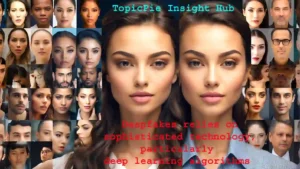
Deepfakes, a blend of “deep learning” and “fake,” have become a big deal in our digital world. These creations involve using computers to make fake videos or images that look incredibly real. The main trick? Swapping one person’s face with another, creating a deceptive yet authentic appearance.
The creation of deepfakes relies on sophisticated technology, particularly deep learning algorithms. These algorithms learn intricate patterns from numerous images or audio recordings, enabling the generation of entirely new content. Recently, more people have embraced this technology as it has become more advanced and user-friendly.
So, why should we pay attention to deepfakes? Well, they bring up various worries for our society. They can be used to spread fake news, creating stories that are challenging to distinguish from real ones. This misinformation could lead to significant problems, affecting public discussions and even elections. Plus, deepfakes might make it challenging for people to trust regular sources like news organizations.
There’s also a concern about how deepfakes might be used to bug or harm people. Imagine someone making a fake video that looks like you’re doing things you never did. It’s a new challenge we need to figure out.
Now, let’s dive into the timeline of deepfakes. They’ve been around for a bit, but people started paying more attention recently. The tech got fancier, and more folks could try making deepfakes.
Creating deepfakes usually involves two main tricks. First, there’s face swapping. This means using a computer network to swap one person’s face in a video or picture with another person’s face. It’s like a face switcheroo. Then, there’s audio cloning. This involves using a computer brain to copy someone’s voice so it sounds like another person is talking. Both tricks use smart tech to make things look or sound real.
Why Deepfakes Matter of concern?
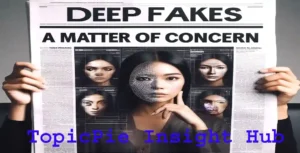
One major worry is how they can spread lies and make it tough for people to know what’s true. Picture this: fake news stories or videos that look just like the real deal. This could mess up important talks and decisions, like picking leaders in elections.
Another big worry is trust. Deepfakes might make it hard for people to believe what they see or hear from regular sources. This could mess with how we deal with important stuff like climate change or public health.
Then, there’s the scary part about using deepfakes to bother or harm people. They could make fake videos that mess with someone’s reputation or make it look like they’re doing stuff they’d never do.
What’s happening right now?
Deepfakes are changing fast, and people are talking a lot about what they might mean for our world. Some smart folks think deepfakes could mess up how we do democracy and make society less stable. But, on the flip side, others think we might use this tech for good stuff, like fun learning or cool virtual reality.
Even though deepfakes are still pretty new, smart people are already working on ways to find and stop them. One example is a tool called the “Deepfake Detection Challenge” made by the MIT Media Lab. It’s good at finding deepfakes and stopping them from fooling us.
We can’t say for sure what will happen with deepfakes. What we do know is that this tech could change a lot in our world. So, it’s important to be aware of what deepfakes can do, both the good and the not-so-good, as we figure out how to use this tech the right way.
The Threats Posed by Deepfakes: Navigating Prime Minister Modi’s Vigilant Call
Deepfakes have emerged as a significant threat in today’s digital landscape. This blend of “deep learning” and “fake” introduces a new dimension of concern, prompting leaders like Prime Minister Narendra Modi to address the potential dangers associated with these synthetic media manipulations.
Prime Minister Modi’s Vigilant Call
In a recent address, Prime Minister Modi highlighted the misuse of artificial intelligence in creating deepfakes as a problematic issue. He emphasized the growing crisis caused by deepfakes, produced through advanced artificial intelligence. What adds to the challenge is that a considerable section of society lacks a parallel verification system, making them vulnerable to deceptive content.
Prime Minister Modi drew attention to the realistic nature of many deepfakes, making them indistinguishable from authentic content. This, he stressed, could lead to severe consequences due to the disinformation spread through these manipulated media forms. To address this, Prime Minister Modi proposed a parallel to health warnings on products like cigarettes. He suggested that deepfakes should also carry disclosures, creating awareness about their synthetic nature.
Confronting the Deepfake Challenge
The prevalence of deepfakes poses significant threats on multiple fronts. One pressing concern is their potential to create convincing fake news. Deepfakes can construct fabricated narratives that closely resemble real stories, leading to confusion and distrust among the public. The impact on public discourse and the democratic process, especially during elections, cannot be understated.
Moreover, deepfakes’ ability to sway public opinion raises concerns. They pose a threat to social stability and national security. Disinformation campaigns, fueled by deepfakes, can disrupt political landscapes and sow seeds of discord and confusion in societies.
The Information Technology Ministry’s advisory, issued in response to a viral deepfake video of actress Rashmika Mandanna, underscores the need for swift action against such content. The advisory urged platforms to take down deepfake content within 36 hours, emphasizing the importance of due diligence in identifying and addressing misinformation and synthetic media.
In the face of this deepfake challenge, it is evident that there is a critical need for heightened awareness and education. Prime Minister Modi’s call to the media to play a vigilant role in educating the masses aligns with the broader efforts required to confront the deepfake threat effectively.
As we navigate the complexities of the digital age, it becomes paramount to understand and address the risks posed by deepfakes. The synergy between technological advancements and responsible awareness can serve as a bulwark against the malicious potential of synthetic media, ensuring a more informed and resilient society.
Deepfakes and Politics: Undermining Elections and National Security:
In the realm of politics, deepfakes have emerged as a disruptive force, posing threats to the integrity of elections and national security. These synthetic media manipulations, combining “deep learning” and “fake,” have the potential to create havoc in the political landscape.
Deepfakes, with their ability to convincingly replace faces and manipulate voices, raise concerns about their impact on election outcomes. The power to generate realistic-looking videos or audio recordings of political figures saying or doing things they never did can significantly sway public opinion. This manipulation, if undetected, has the potential to influence voters and compromise the democratic process.
The undermining of election outcomes is not the only worry; deepfakes also pose a serious threat to national security. In the context of disinformation campaigns, deepfakes can be employed to spread fake news, sow discord, and create confusion among the public. This intentional manipulation of information can have far-reaching consequences, destabilizing the social fabric and eroding trust in institutions.
Also Read: Cybersecurity Best Practices: Safeguarding Your Business in 2023 and Beyond
Instances of deepfakes being used to manipulate public opinion have raised alarms among political leaders and security agencies. The potential for deepfakes to incite violence or amplify existing tensions further underscores the need for vigilance in addressing this emerging challenge.
As political discourse increasingly relies on digital platforms, the risk of deepfake exploitation grows. The realistic nature of these synthetic media forms makes it difficult for the public to distinguish between authentic content and manipulated narratives. This vulnerability can be exploited by malicious actors with intentions to disrupt the democratic process or create chaos within a nation.
Efforts to counter the threats posed by deepfakes in politics involve a combination of technological advancements and awareness campaigns. Detection tools, like the “Deepfake Detection Challenge” developed by the MIT Media Lab, play a crucial role in identifying and mitigating the impact of synthetic media. Additionally, educating the public about the existence and potential dangers of deepfakes is essential for fostering a more discerning and resilient electorate.
The intersection of deepfakes and politics introduces new challenges that demand attention and proactive measures. As technology evolves, the continuous development of tools to detect and counteract deepfake threats, coupled with public awareness and education, is crucial to safeguarding the democratic processes and national security of nations around the globe.
Prime Minister Modi’s Call to Action: Urgency in Addressing Deepfakes
In a recent address, Prime Minister Narendra Modi drew attention to the growing threat posed by deepfakes, emphasizing the need for immediate action. His call to action stems from the recognition of the potential harm that deepfakes, created through artificial intelligence, can inflict on society.
Media’s Pivotal Role
Prime Minister Modi highlighted the crucial role of the media in addressing the deepfake challenge. He pointed out that the misuse of artificial intelligence for creating deceptive deepfakes is a pressing issue. The realistic nature of many deepfakes makes them appear genuine, leading to the spread of disinformation. In response to this, Prime Minister Modi urged the media to play a vigilant role in educating the public about the dangers of deepfakes.
The media’s responsibility in this context is significant. It involves not only reporting on incidents related to deepfakes but also actively participating in the dissemination of awareness. Prime Minister Modi’s call underscores the need for media outlets to be proactive in educating the masses about the existence of deepfakes and their potential consequences. By doing so, the media can contribute to creating a more informed and vigilant society.
Encounter with Deepfakes
Prime Minister Modi shared insights into the nature of deepfakes by recounting a personal encounter. He mentioned that he himself had been inserted into a deepfake video of a Garba dance event during the Navratri season. This lighthearted disclosure illustrates the widespread nature of deepfakes, even reaching prominent figures like the Prime Minister.
The anecdote serves to humanize the issue, making it relatable to the general public. It highlights that no one, regardless of their position or prominence, is immune to the potential impact of deepfakes. By sharing such personal encounters, leaders like Prime Minister Modi aim to connect with the public and convey the urgency of addressing the deepfake challenge collectively.
Prime Minister Modi’s suggestion that deepfakes should carry disclosures, similar to health warnings on products like cigarettes, reflects a practical approach to mitigating the risks. Disclosures can serve as a visual cue, prompting individuals to approach digital content with a discerning eye. This aligns with the broader effort to raise awareness and foster a sense of responsibility among consumers of digital media.
Prime Minister Modi’s call to action underscores the need for immediate attention to the deepfake challenge. As technology continues to advance, the risks associated with synthetic media manipulations become more pronounced. The media’s pivotal role in educating the public, coupled with practical measures like disclosures, can contribute to creating a more resilient society that is better equipped to navigate the complexities of the digital age.
Combatting the Deepfake Challenge: Navigating Regulation and Education
As deepfakes continue to pose a significant challenge, the approach to counteracting their impact involves a combination of regulation and education. Recognizing the potential harm of synthetic media manipulations, there is a growing need for proactive measures to safeguard society.
Regulation and Education
Regulation plays a crucial role in addressing the deepfake challenge. Recently, China adopted expansive rules to regulate deepfakes, reflecting a recognition of the need for legal frameworks to curb misuse. However, implementing effective regulations requires a delicate balance. Concerns have been raised that excessive regulation could stifle innovation or be misused to curtail free speech. Striking the right balance is essential to ensure that regulations effectively address the harmful aspects of deepfakes without hindering legitimate uses of technology.
Education emerges as a powerful tool in the fight against deepfakes. Heightened awareness among the public about the existence and potential dangers of synthetic media is fundamental. Educational campaigns, both online and offline, can empower individuals to recognize and critically evaluate digital content. By fostering a digital-savvy society, the impact of deepfakes can be mitigated.
Detection Technologies and Ethical Considerations
The development of detection technologies is a key component of combatting the deepfake challenge. Organizations like the MIT Media Lab have taken proactive steps in creating tools such as the “Deepfake Detection Challenge.” These tools leverage advanced algorithms to identify and flag potential deepfakes with a high degree of accuracy. Incorporating such technologies into online platforms and media outlets is crucial to prevent the spread of deceptive content.
Ethical considerations play a significant role in the deployment of detection technologies. Striking a balance between privacy concerns and the need to identify and counteract deepfakes is paramount. The responsible use of detection tools ensures that individuals’ rights are respected while still effectively addressing the threats posed by synthetic media.
As technology continues to evolve, the development and refinement of detection tools should remain a priority. These tools act as a defense mechanism, allowing for the proactive identification and removal of deepfakes before they can cause significant harm.
Combatting the deepfake challenge requires a multi-faceted approach that combines regulation, education, and advanced detection technologies. Striking the right balance between legal frameworks, public awareness, and ethical considerations is essential to navigate the complexities of synthetic media manipulations. As society becomes more digitally interconnected, a proactive and informed stance is crucial to ensure the responsible use of technology and the protection of individuals from the potentially harmful impacts of deepfakes.
Conclusion:
The rise of deepfakes introduces a complex challenge that demands our collective attention. The fusion of “deep learning” and “fake” has given rise to synthetic media manipulations with far-reaching implications.
As we navigate this landscape, it is crucial to recognize the dual nature of deepfakes. While they present risks, including the spread of misinformation, erosion of trust, and potential for harassment, there are also potential benefits, such as personalized educational content and enhanced virtual reality experiences.
The future of deepfakes remains uncertain, but what is clear is the need for awareness and vigilance. The technology’s potential impact on society necessitates a proactive approach to understanding and addressing its risks and benefits.
Efforts to combat the deepfake challenge involve a combination of regulatory measures, educational initiatives, and the development of advanced detection technologies. Striking the right balance between these elements is essential to ensure that the risks associated with deepfakes are mitigated without hindering technological innovation.
As we move forward in this digital age, remaining informed and promoting ethical technology use can help us harness the positive potential of deepfake technology while safeguarding against its misuse. By staying vigilant, embracing education, and fostering a responsible digital culture, we can collectively shape a future where technology serves society’s best interests.
Also Read: Shami exceptional performance in the World Cup : शमी को लाखों रुपये के फोन कॉल्स आ रहे हैं
